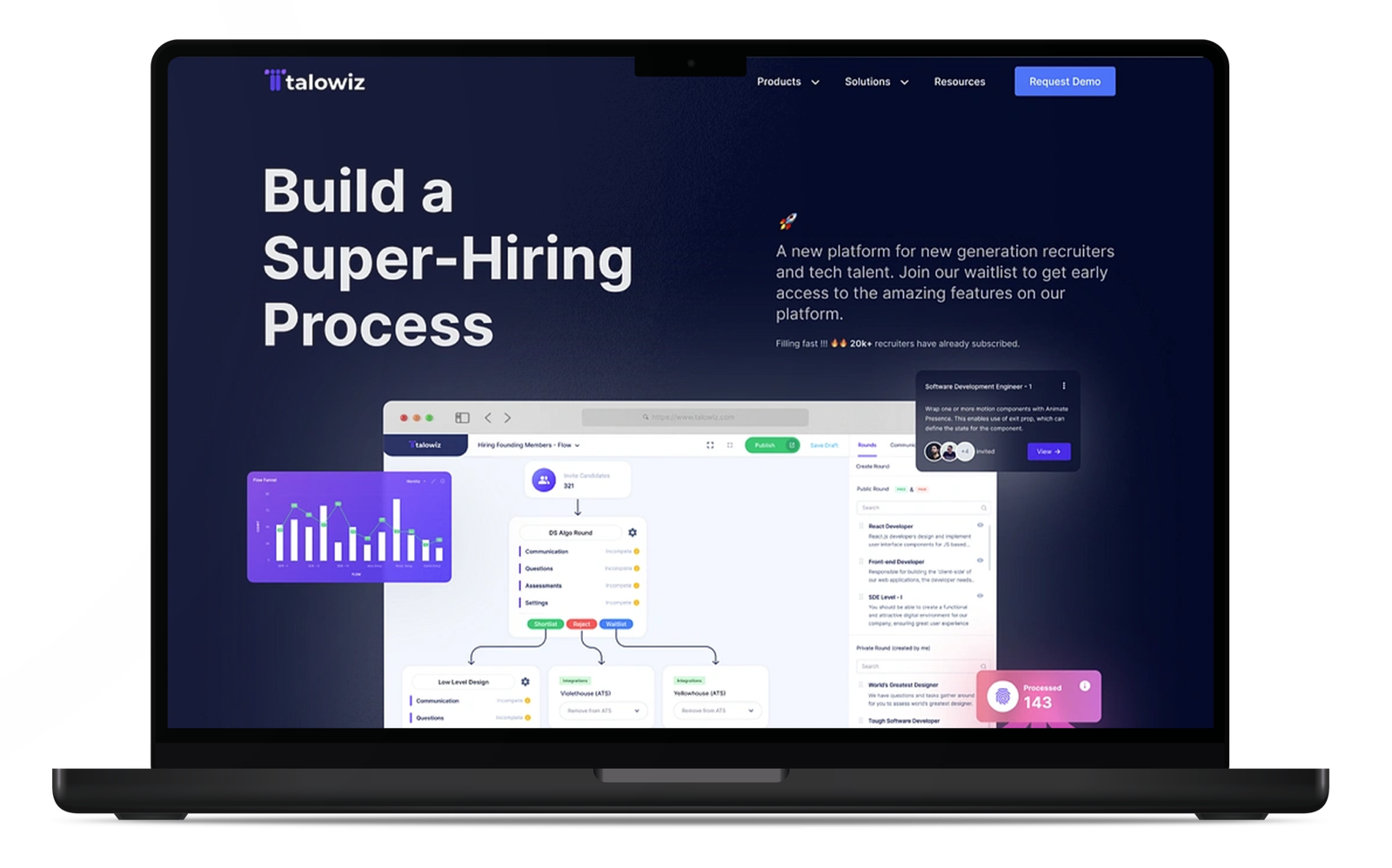Communicating research insights effectively is crucial for ensuring that your findings are understood, appreciated, and utilized by your audience. Whether you’re presenting to stakeholders, team members, or a broader audience, the way you convey your research can significantly impact its reception and application. At UIUX Studio, we understand the importance of effective communication in design and research. Here are three powerful strategies for sharing research insights effectively.
1. Visual Storytelling
Visual storytelling involves using images, infographics, and other visual elements to convey your research findings. This method is particularly effective because it allows you to present complex data in a clear and engaging manner. Here are some tips for using visual storytelling:

Use Infographics: Infographics can simplify complex information and highlight key findings. Use charts, graphs, and icons to make your data more accessible and visually appealing.
Create Data Visualizations: Tools like Tableau, Power BI, and Google Data Studio can help you create interactive data visualizations. These tools allow your audience to explore the data in more detail and gain deeper insights.
Tell a Story: Structure your visuals to tell a story. Start with the problem, followed by the research process, and end with the key insights and implications. This narrative approach makes your presentation more engaging and memorable.
Visual storytelling is particularly effective for presentations and reports, as it can capture the audience’s attention and make complex data easier to understand.
2. Interactive Workshops and Presentations
Interactive workshops and presentations provide an opportunity for real-time engagement and discussion. This method allows you to convey your research insights while also addressing questions and gathering feedback from your audience. Here’s how to make the most of this approach:
Engage Your Audience: Use interactive elements such as polls, Q&A sessions, and breakout groups to engage your audience. This interaction can help you gauge their understanding and interest in the research findings.
Use Real-Life Scenarios: Present your insights within the context of real-life scenarios or case studies. This approach helps your audience see the practical application of your findings and understand their relevance.
Facilitate Discussions: Encourage open discussions and debates around your research insights. This collaborative approach can lead to new ideas and perspectives, enriching the overall understanding of your research.
Interactive workshops and presentations are ideal for team meetings, stakeholder presentations, and educational settings where engagement and feedback are critical.
3. Written Reports and Summaries

Written reports and summaries are traditional yet effective ways of communicating research insights. They provide a comprehensive and detailed account of your research process and findings. Here’s how to create impactful written reports:
Executive Summaries: Start with an executive summary that highlights the key findings and recommendations. This section should provide a quick overview for readers who may not have the time to read the entire report.
Detailed Methodology and Findings: Include a detailed description of your research methodology and findings. Use headings, subheadings, and bullet points to organize the information and make it easy to follow.
Include Visuals: Even in written reports, visuals such as charts, graphs, and tables can help clarify and emphasize key points. Ensure that these visuals are well-integrated into the text and complement your narrative.
Conclusions and Recommendations: End with clear conclusions and actionable recommendations. Summarize the implications of your research and suggest next steps or actions based on your findings.
Written reports and summaries are useful for documentation purposes and for audiences who prefer a detailed, in-depth understanding of the research.
Conclusion
Communicating research insights effectively is essential for ensuring that your findings are understood and applied. Visual storytelling, interactive workshops and presentations, and written reports and summaries are three powerful strategies that can help you share your research insights in a clear and engaging manner. At UIUX Studio, we prioritize effective communication in all our projects, ensuring that our research and design insights are shared in ways that drive meaningful outcomes. By choosing the right method for your audience and context, you can enhance the impact of your research and achieve greater success in your initiatives.

